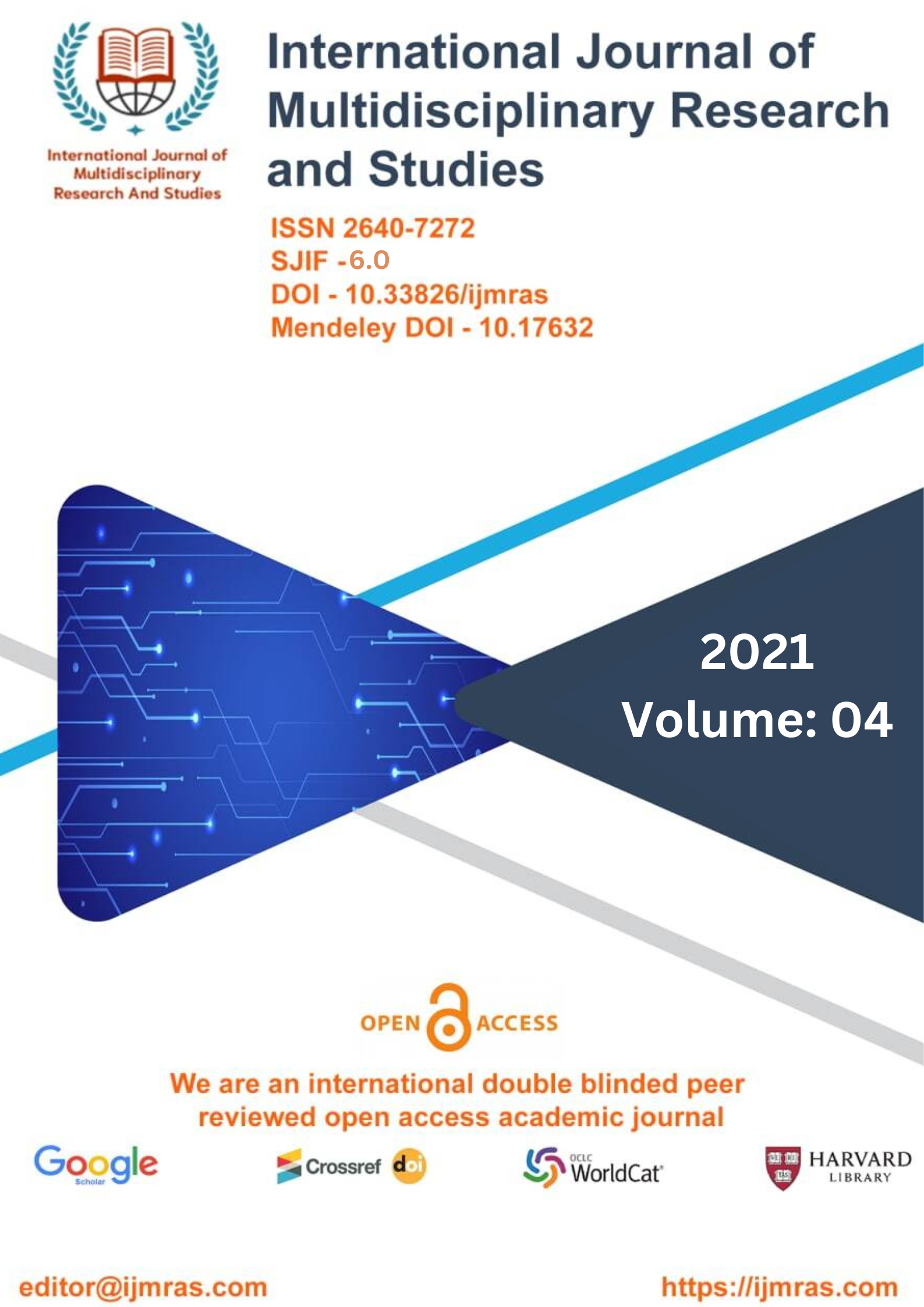A STUDY OF HOW DAILY MIGRANT WAGE LABORERS AFFECT SOCIAL COHESION WITH IN COMMUNITIES

Abstract
One of the most critical issues that the member states of the ropean Union are now attempting to overcome is the assimilation of migrant labour. This is especially true as the continues to increase in cultural and political variety. Specifically, the eastward enlargement in 2004 to include eight post-communist countries from Eastern rope raised fears that economic migration might undermine perceived social cohesion within the member states. This fear was fueled by the fact that the enlargement occurred in 2004. At the same time, the possibility of additional eastern enlargements makes the topic of the relationship between the growth of membership and the incorporation of new migrant groups an ongoing issue that is of a very high level of relevance, particularly in the urban areas that are located outside of the "rope of cities" (Harding, 1997). A increasing body of academic research investigates the perspectives of different ropean nations on one another as well as the ways in which immigration impacts the formation of a pan-ropean identity (Laffan, 1996). Scholarly attention is also being paid increasingly to the experiences of migrants from the eight Accession (A8) countries within host countries, as well as the role that local governments play in the process of economic incorporation for migrants.
Keywords
Eastern Enlargements, Migrant Labour, Economic.How to Cite
References
Ager, A. and Strang, A. (2008). ‘Understanding Integration: A Conceptual Framework’. Journal of Refugee Studies 21(2): 166-191
Berthoud, R. (2000), Ethnic employment penalties in Britain. Journal of Ethnic and Migration Studies, Volume 26(3): 389-416
Cangiano A. (2010) INDIA Data Sources on International Migration and the Migrant Population: A Review and Appraisal. ESRC Centre on Migration Policy and Society (COMPAS).
Castles S., Korac, M., Vasta, E., and Vertovec, S. (2001). Integration: Mapping the Field. Report of a project carried out by the Centre for Migration and Policy Research and Refugee Studies Centre. Oxford: University of Oxford.
Cheong, P., Edwards, R., Goulbourne, H., and Solomos, J. (2007) ‘Immigration, Social Cohesion and Social Capital: A Critical Review’. Critical Social Policy, 27(1): 24-49
Clarke, H., Sanders, D., Stewart, M. and Whiteley, P. (2010) ‘British Election Study’. Commission on Integration and Cohesion (2007). Our Shared Future.
Communities and Local Government (2010). Citizenship survey: 2009-10 (April 2009 – March 2010), England. Cohesion Research, Statistical Release 12.
Available at: http://www.communities.gov.India/documents/ statistics/pdf/164191.pdf
Dustmann, C. and Faber, F (2005) “Immigrants in the British Labour market”, Fiscal Studies 26(4): 423- 470
The Handbook of Social Capital. Oxford: Oxford University Press. Finney, N. and Simpson, L. (2009) Sleepwalking to Segregation? Challenging myths about race and migration, London: Policy Press
Ford, R. (2008) “Is racial prejudice declining in Britain?”, British Journal of Sociology 59(4): 609-36
Heath, A. and Cheung, S. (2007) Unequal Chances: Ethnic Minorities in Western Labour Markets, Oxford: Oxford University Press.
National Centre for Social Research, British Social Attitudes Survey 1983-2009. Colchester, Essex: INDIA Data Archive [distributor].
Nazroo, J. and Karlsen, S. (2003) “Patterns of identity among ethnic minority people: diversity and commonality”, Ethnic and Racial Studies 26(5): 902-930
ONS (2008). Estimating International Migration: An exploration of the definitional differences between the Labour Force Survey, Annual Population Survey, International Passenger Survey and Long-Term International Migration.
License
Copyright (c) 2021 Shigufta Nazneen

This work is licensed under a Creative Commons Attribution 4.0 International License.
Individual articles are published Open Access under the Creative Commons Licence: CC-BY 4.0.



